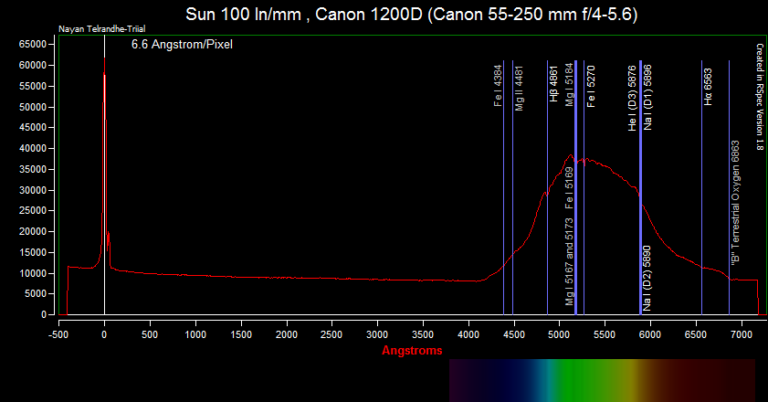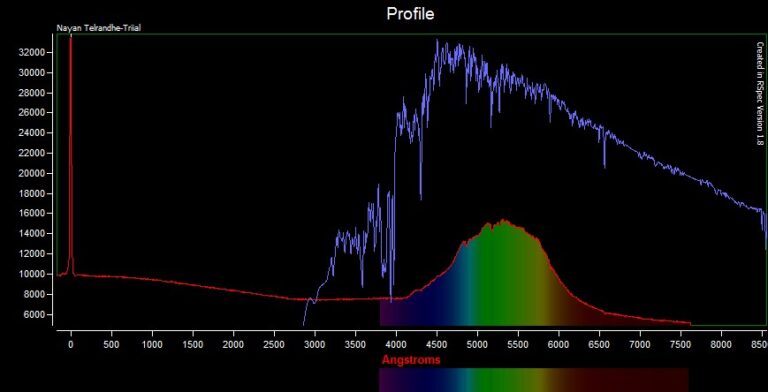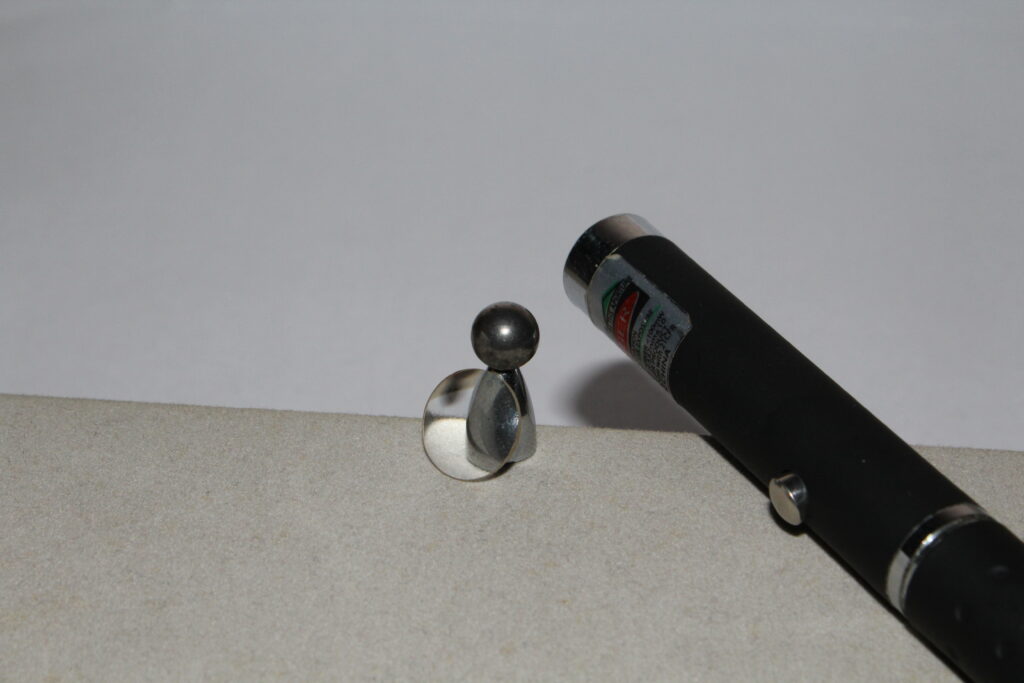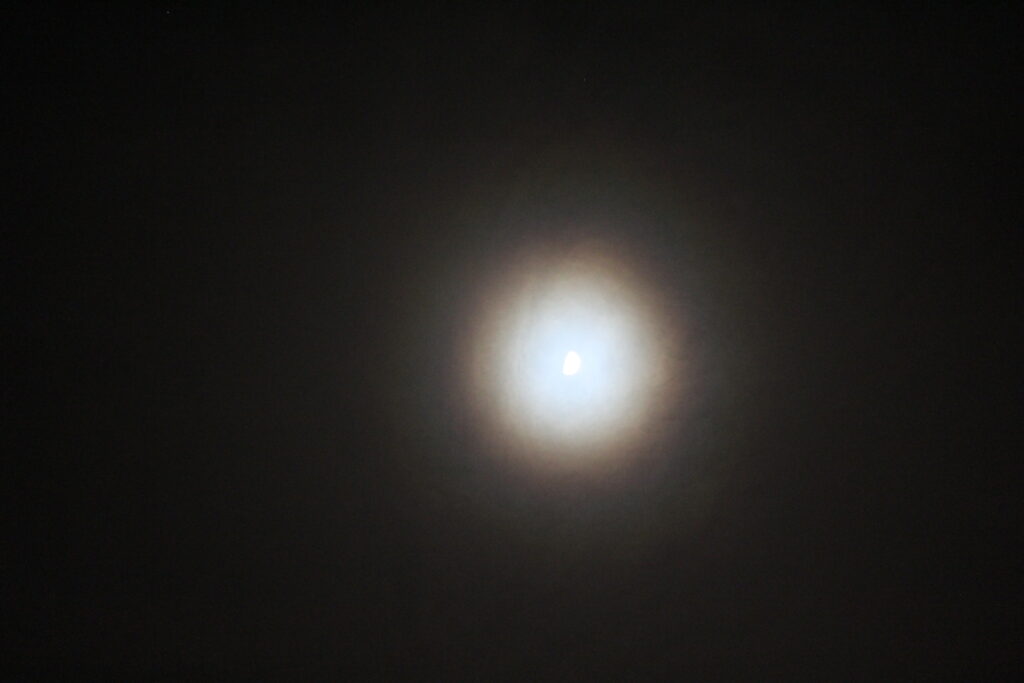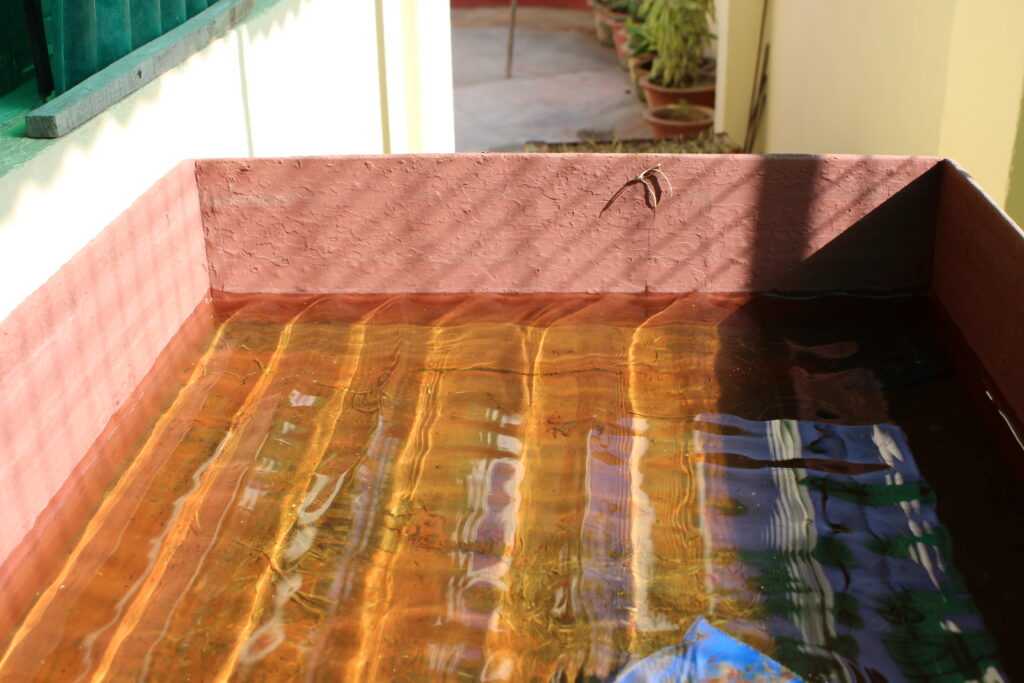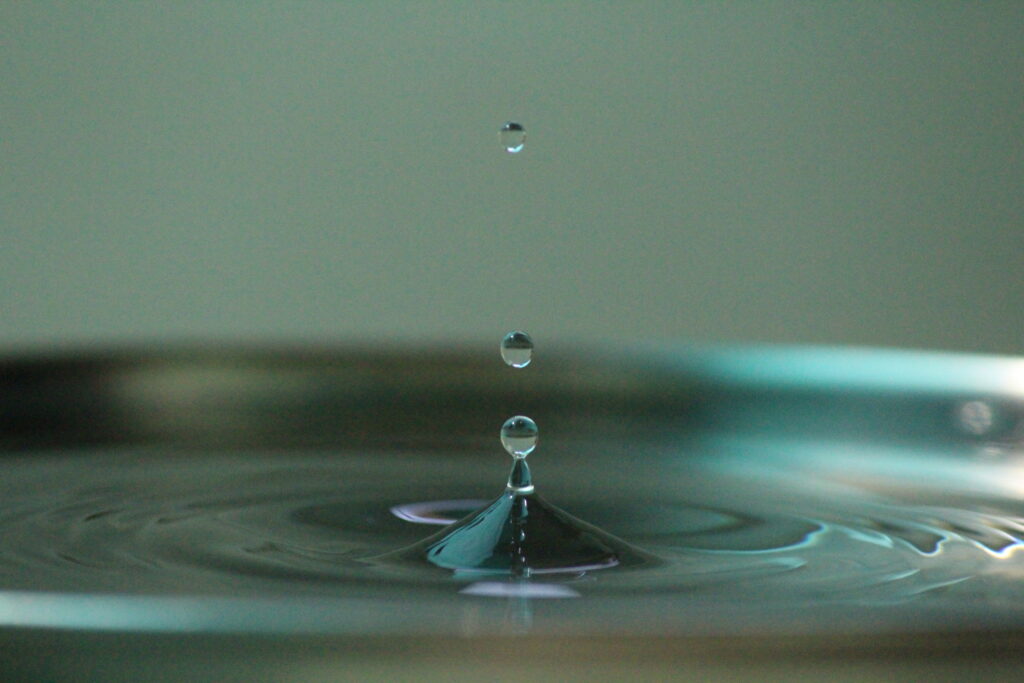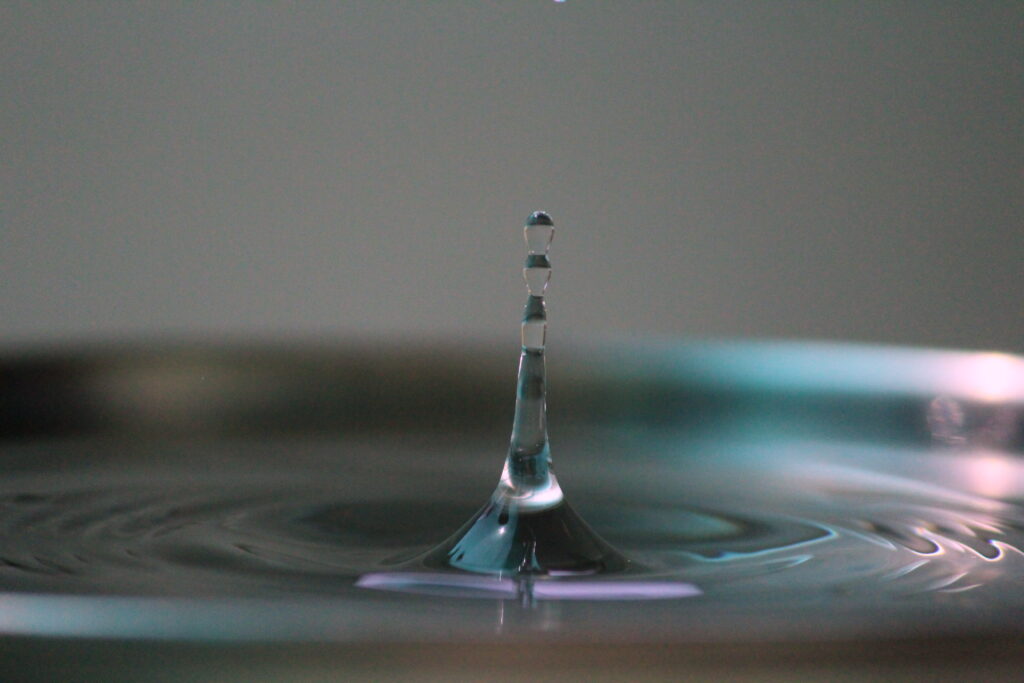“The scientist does not study nature because it is useful to do so. He studies it because he takes pleasure in it, and he takes pleasure in it because it is beautiful. If nature were not beautiful it would not be worth knowing, and life would not be worth living.”
Henri Poincaré, Science and Method
Solar Spectrum
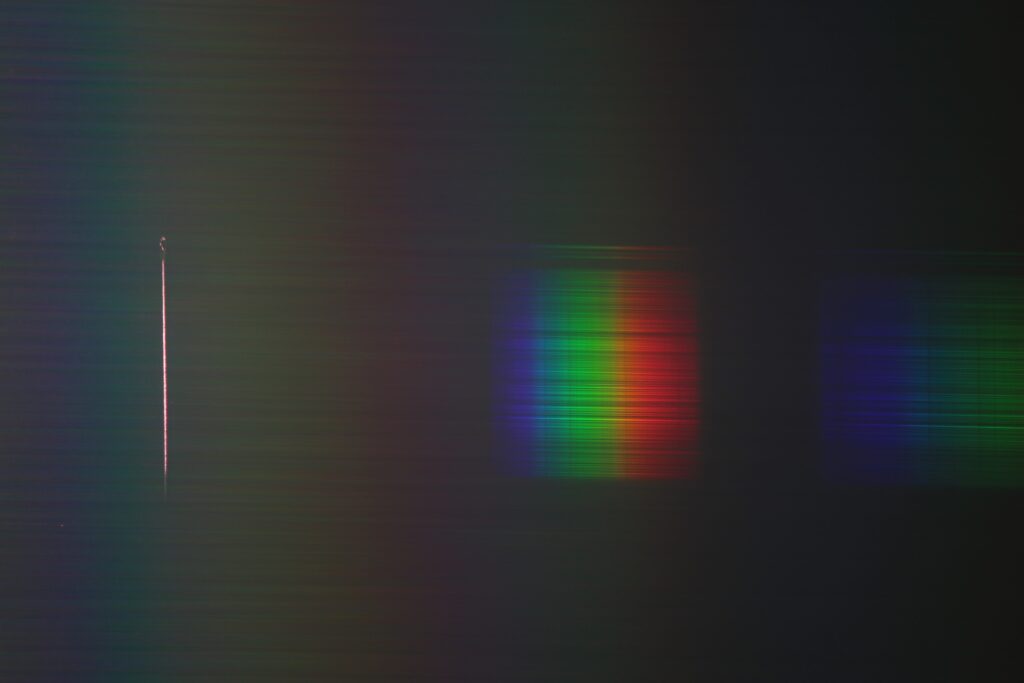
- The spectrum was obtained with a 100 lines/mm transmission grating, a DSLR, a needle. The sunlight when reflected off the needle forms a thin slit like image which when passed from a transmission grating leads to different order spectrums as visible in image. The background noise is due to surrounding which can be bettered.
- The absorption lines are visible in the photo, the diffracted image can be calibrated using different known absorption lines and zeroth order image. RSpec was used.
.
- A type stars have prominent absorption lines which can be used for calibration thus they are recommended as a first target.
- I had obtained data from Sirius (A type) as well as of Betelegeuse (a red supergiant with some prominent emission lines). I will try to add them to the page whenever possible.
Arago/Poisson/Fresnel Spot
In 2016 Veritasium uploaded a video “The Brightest Part of a Shadow is in The Middle”
So I had to investigate.
( The laser used is 532nm )
Sirius changing colours at low altitudes
Light from stars encounter a larger air mass when rising or at low altitudes (angle above horizon). Air also being turbulent, different colours of the star can be refracted at different angles. This dynamics result in stars twinkling rapidly, also change of colours, compared to ones at higher altitude. Higher air mass also leads to usual reddening that is observed easily with sun.
In the video the focus about Sirius is changed which makes the effect visible very well. Followed by a still of focused star moved during long exposure leaving a colourful trail.
